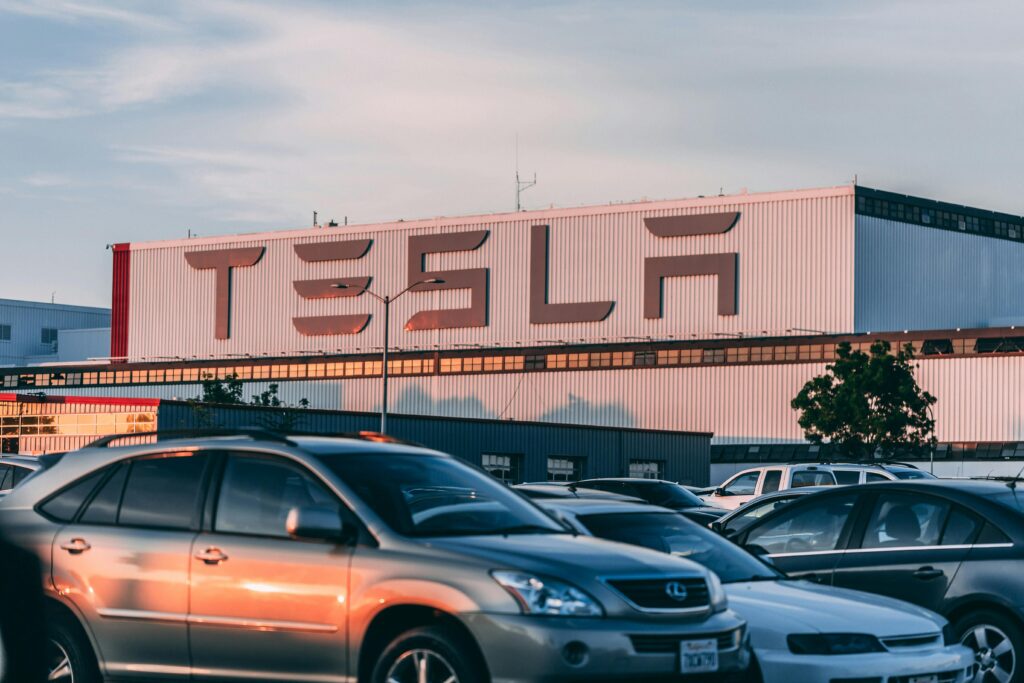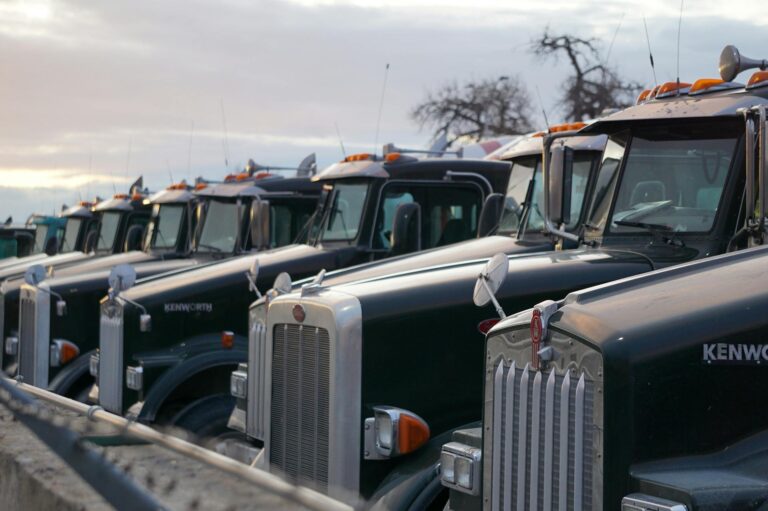
In 2025, the U.S. auto industry is shifting gears as Tesla, Ford, and GM significantly increase production to meet post-pandemic demand and EV adoption goals. While this surge is promising for manufacturers, it also has major implications for the car hauling industry, which is under pressure to adapt to a faster, higher-volume supply chain.
Whether you’re managing OEM transport logistics or operating as an independent hauler, staying ahead of these changes is crucial.
Why Are Automakers Scaling Up Production in 2025?
The production boom is driven by several key trends:
- Electric Vehicle demand is soaring due to government incentives and shifting consumer habits.
- Supply chain disruptions from 2020-2023 have normalized, enabling more stable output.
- Major automakers are repositioning to compete globally and recapture U.S. market share.
Tesla has opened two new Gigafactories in Texas and Nevada. Ford has announced expanded capacity at its Kentucky and Michigan plants. GM is scaling up EV and hybrid output through its Ultium platform.
This surge in production means more vehicles to transport, more often.
What This Means for the Car Hauling Industry
1. Increased Volume of Vehicles Requiring Transport
- Carriers will face higher demand for factory-to-dealer transport.
- Auto transport companies will need to optimize scheduling and expand fleets to keep up.
- Last-mile logistics for dealerships will become more time-sensitive.
2. Shift Toward EV-Focused Transport
Many of the new units being produced are electric vehicles, which come with specific hauling challenges:
- Higher vehicle weights requiring load rebalancing.
- Special handling considerations for battery protection.
- Need for specialized car carriers with upgraded equipment.
OEMs Are Prioritizing Just-in-Time Logistics
Ford and GM are moving toward just-in-time delivery models, especially for urban dealerships. This pushes auto shipping companies to be more agile:
- Shorter lead times between factory dispatch and dealer delivery.
- Increased pressure on dispatchers and fleet managers.
- Greater reliance on tech-enabled car delivery services.
Opportunities for Car Haulers in 2025
This production ramp-up isn’t just a challenge – it’s an opportunity:
- New contracts available for certified carriers.
- Long-term partnerships with OEMs and dealer groups.
- Consistent, high-volume routes that support state-to-state car shipping.
Carriers who invest in capacity and vehicle transport management systems are best positioned to benefit.
Fleet and Operational Adjustments
To stay competitive, car haulers must:
- Upgrade fleets to handle EV weight and size.
- Expand capacity in Midwest and Southeast hubs near major plants.
- Implement digital load tracking and dispatch automation.
Dealer Strategy: Stay Connected to Haulers
Dealerships must:
- Work with car shipping companies that understand the new delivery pace.
- Coordinate more closely with OEM logistics teams.
- Ensure that car freight shipping partners can meet EV-specific standards.
Final Thoughts
The rise in production from Tesla, Ford, and GM is reshaping the auto shipping industry in real time. Car haulers who respond with flexibility, scalability, and digital tools will find themselves in high demand. This is the year to invest in infrastructure, build new relationships, and move fast.



